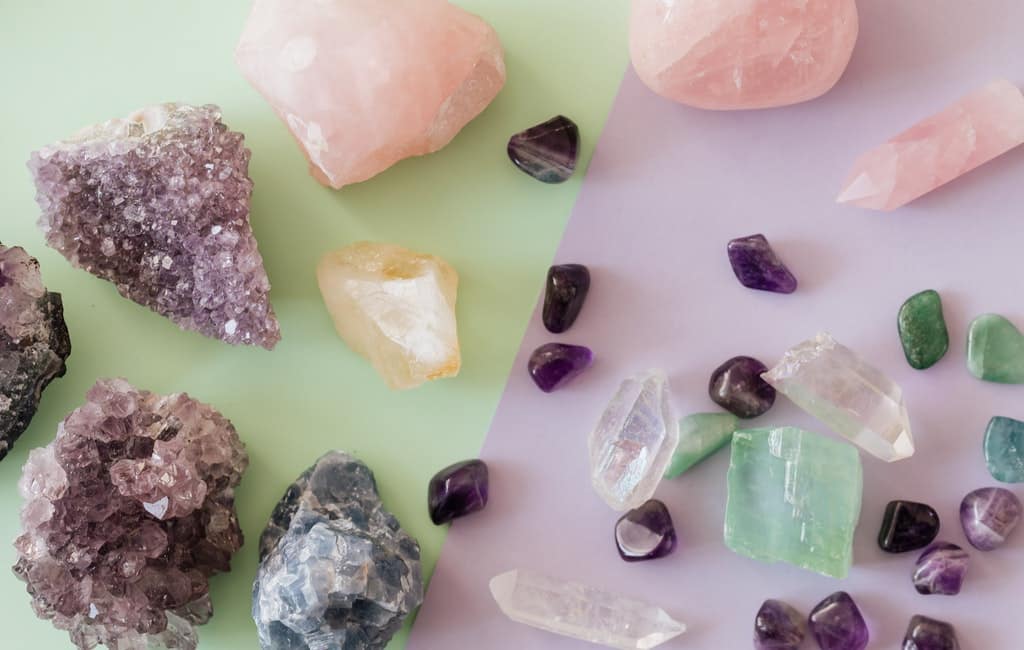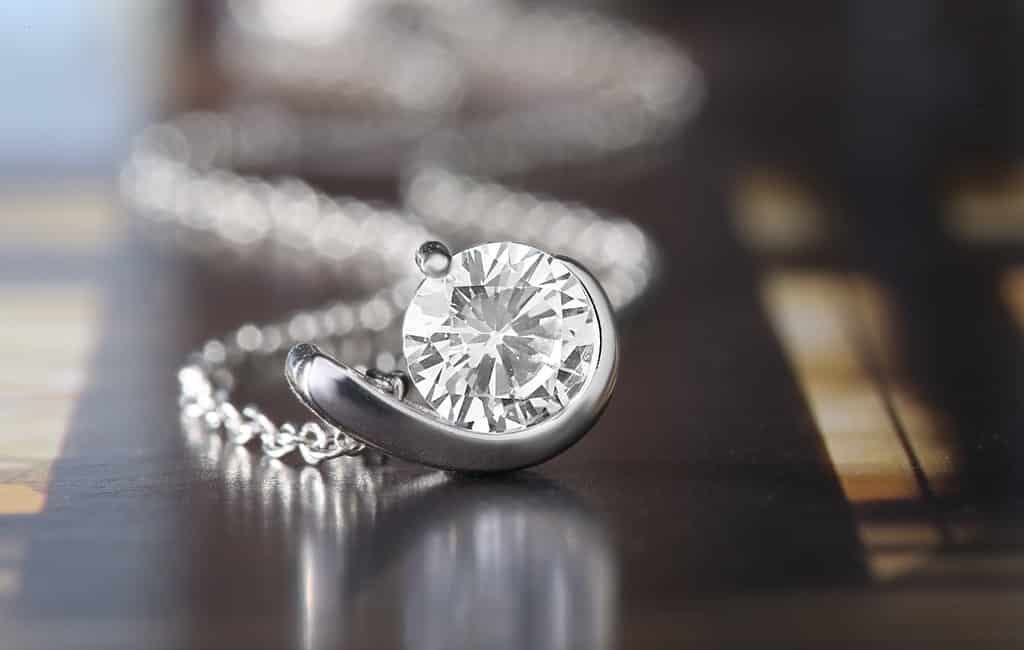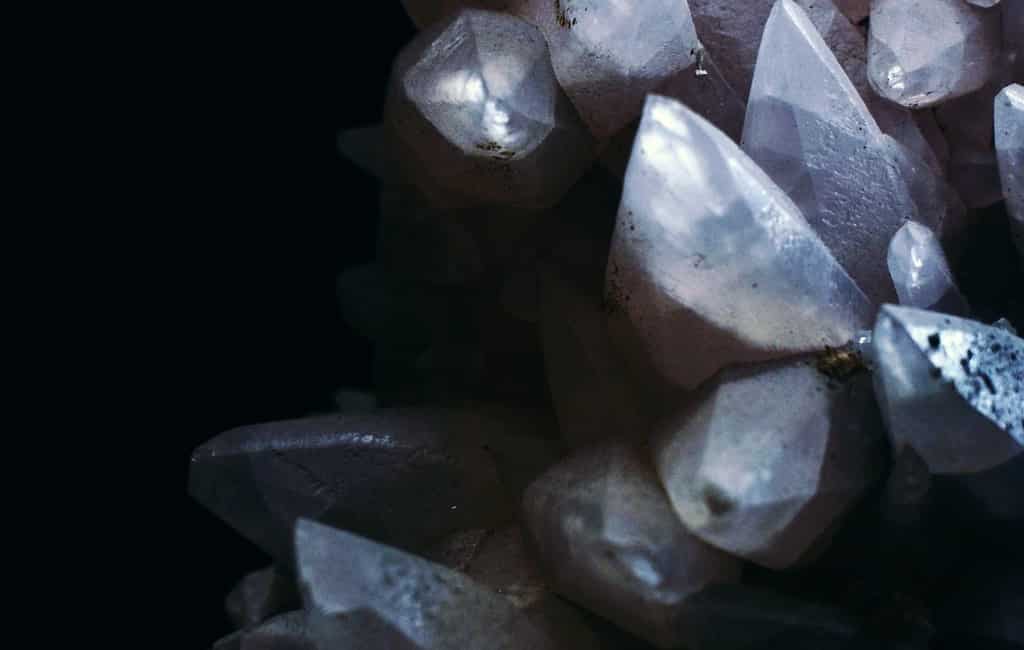Gemstones are some of the most beautiful and special things in the world. They are items which are usually formed from mineral deposits such as corundum, beryl and pure carbon; which can be found deep beneath the earth. They are usually very valuable, especially when discovered in large quantities.
There are different types of gemstones and examples include; diamonds, rubies, sapphires, jade, citrine, kyanite, alexandrite, celestite, topaz, turquoise, carnelian, emeralds, lapis lazuli and so many others. All the gemstones in the world can be categorized into two major groups, which are; precious stones and semi-precious stones.
WHAT ARE PRECIOUS STONES?
Precious stones are a valuable group of gemstones that are desired all over the world because of their high commercial value, their unique physical and chemical properties (such as their color, cut, brilliance or sparkle, weight – which is measured in carats – and their clarity), and ultimately, their rarity.
The importance of rarity cannot be overstated, when it comes to precious stones, because once they are available in very large quantities, their perceived value – along with the demand for them – is likely to drop (this was what happened in the case of amethyst when large deposits of it were discovered in Brazil, several years ago. The stone lost its value as a precious stone and became as semi-precious stone). Examples of precious stones include; ruby, emerald, sapphire and diamond.
Semi-precious stones, on the other hand, are gemstones that do not hold the high economic value per unit quantity, compared to precious stones. They include gemstones such as; carnelian, kyanite, alexandrite, agate, amethyst, jade, citrine, turquoise, spinel, peridot, topaz, tiger’s eye, quartz and so many more. While semi-precious stones are widely used in the field of jewelry making, they simply do not hold the public’s economical and sentimental attachment, the way precious stones do.

WHAT ARE THE TYPES OF PRECIOUS STONES?
There are four common examples of precious stones, and they are;
- Ruby
Rubies are very old gemstones that have been around for millennia (if not millions of years). Their color ranges from pinkish-red to blood red and they are highly desirable. They are also very valuable and expensive, especially when they are of high quality and deeper hues.
For thousands of years, rubies have been used in making important pieces of jewelry such as crowns for royalty. They also make excellent gifts for lovers, because their distinct red color is generally thought to symbolize passion. Culturally, rubies are said to help its wearer’s increase their knowledge, health and prosperity. It is the a birthstone for July.
- Emerald
Emeralds are green gemstones that are very popular and highly desirable. They also happen to be very expensive, particularly when they are of high quality. On the basis of their chemical composition, emeralds occur naturally as a variant of beryl, when the chemical element (i.e. beryl) is exposed to traces of chromium or vanadium (or both).
An emerald’s quality is usually determined by its clarity, cut, weight (which is measured in carat), and the intensity of it color (emeralds that are deeper in color are usually worth more, in terms of commercial value, than those of lighter hues).
Culturally, emeralds are believed to attract balance, patience, domestic bliss and harmony into the life of the people that wear them (or keep items made of emeralds close to them). This illustrious gemstone is the birthstone of May.
- Sapphire
Sapphires are precious stones which are known to be blue in color. On the basis of their chemical composition, they can be defined as a blue variant of a mineral known as corundum. This elegant gemstone is often used to represent wisdom and depict royalty and fun fact; sapphires have actually been used in the making of many real-life ancient crowns. Another fun fact about sapphires is that they are made of the same chemical substance that creates rubies; which is corundum. Sapphire is the birthstone for the month of September.
- Diamond
Diamonds are usually known as “a girl’s best friend.” These gemstones are precious and timeless. They also happen to be absolutely elegant, especially when they are flawless. Diamonds are usually formed hundreds of miles deep beneath the soil, when deposits of pure carbon are exposed and subjected to extreme natural forces of heat and pressure. In nature, this process tends to take anywhere from several months to millions – and even billions – of years. And why this happens is that it takes time for the natural forces available to transform the pure carbon constituents into diamond atoms. Actually, the type of transformation that takes place within the chemical structure of pure carbon, during the process of diamond formation, is more of a restructuring than anything else. Under the influence of immense degrees of heat and pressure, the atoms of pure carbon – and pure carbon alone – will be rearranged into a rigid crystal lattice (or structure), which does not allow other chemical elements to infiltrate it easily.
On the rare occasions where external elements do manage to get into a diamond’s crystal lattice, while it is still being formed, these external elements tend to constitute unwanted inclusions and flaws, which usually reduce the diamond’s quality (and subsequent commercial worth). However, some external elements cause the formation of colors in diamonds, thus giving rise to the occurrence of blue diamonds (i.e. when boron infiltrates the crystal lattice), yellow diamonds (i.e. when nitrogen gets into the diamond’s crystal lattice), purple diamonds (i.e. when diamonds are exposed to the combination of hydrogen and boron), black diamonds (i.e. when diamonds are exposed to impure carbon samples) and others.

WHAT CAN MAKE A DIAMOND LOOK LIKE IT HAS A BULLET HOLE?
Due to the fact that diamonds are in high demand all across the world, and also because of their extensive use in the jewelry making industry, people are constantly trying to make the samples they have more appealing, to increase its quality and raise its cost even further. This is one of the reasons why diamonds are usually cut.
Sometimes, cut diamonds tend to look as if they have a bullet hole. This is because of the way they have been cut. This hole is usually called a culet, and it is usually common in old cut diamonds (especially those from the 20th century). The role of a culet is to protect the face of a diamond from damage due to impact.

